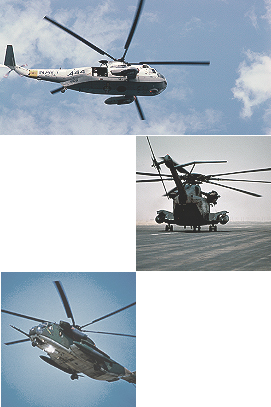
INTRODUCTION
- Location
- 301-1357
+82-2-880-1901(1901) - 302-213-1
+82-2-880-1608(1608)
Lab info
HOMEINTRODUCTIONLab info
The main research of the Active Aeroelasticity and Rotorcraft Lab
is the aeroelasticity occurred on aircraft and spacecraft vehicles.
Aeroelasticity is the study of the interactions of the inertial, aerodynamic, and elastic forces on aerospace vehicles. It could generate the large deformation of the structures, so failure could be appeared. Thus, precise prediction for aeroelasticity to prevent failure of the aerospace vehicles is needed.
Aeroelasticity was observed on Flyer-I that was the first successful powered aircraft, and was developed by the Wright brothers. It is considered precisely for design and analysis of th state-of-the art supersonic vehicles. It also similarly occurred on the blade of helicopter, tilt-rotor, and gas turbine engine.
The research for aeroelasiticity contains various research fields such as aircraft structure, structural dynamics, aerodynamics, and flight dynamics. Recently, the study to solve the aeroelastic instability by the active control using the active materials/structures is undergoing globally.
In this lab, coupled analysis using computational structural dynamics (CSD) and computational fluid dynamics (CFD) is being conducted to verify for analysis-experiment correlations to solve the aeroelastic problems. For rotorcraft, CSD/CFD coupled analysis, multidisciplinary design optimization of the active rotor blade such as active trailing edge flaps are being studied. For fixed aircraft, flutter analysis for the mid-altitude unmanned vehicles is being studied.
Recently, structural analysis for highspeed vehicle, launch vehicle, flexible structures for insect-inspired flapping wing micro air vehicle is also undergoing. Also, CFD/CSD coupled analysis for outdoor air-conditioner fan, Education-research Integration through Simulation on the Net (EDISON) program are being conducted.
is the aeroelasticity occurred on aircraft and spacecraft vehicles.
Aeroelasticity is the study of the interactions of the inertial, aerodynamic, and elastic forces on aerospace vehicles. It could generate the large deformation of the structures, so failure could be appeared. Thus, precise prediction for aeroelasticity to prevent failure of the aerospace vehicles is needed.
Aeroelasticity was observed on Flyer-I that was the first successful powered aircraft, and was developed by the Wright brothers. It is considered precisely for design and analysis of th state-of-the art supersonic vehicles. It also similarly occurred on the blade of helicopter, tilt-rotor, and gas turbine engine.
The research for aeroelasiticity contains various research fields such as aircraft structure, structural dynamics, aerodynamics, and flight dynamics. Recently, the study to solve the aeroelastic instability by the active control using the active materials/structures is undergoing globally.
In this lab, coupled analysis using computational structural dynamics (CSD) and computational fluid dynamics (CFD) is being conducted to verify for analysis-experiment correlations to solve the aeroelastic problems. For rotorcraft, CSD/CFD coupled analysis, multidisciplinary design optimization of the active rotor blade such as active trailing edge flaps are being studied. For fixed aircraft, flutter analysis for the mid-altitude unmanned vehicles is being studied.
Recently, structural analysis for highspeed vehicle, launch vehicle, flexible structures for insect-inspired flapping wing micro air vehicle is also undergoing. Also, CFD/CSD coupled analysis for outdoor air-conditioner fan, Education-research Integration through Simulation on the Net (EDISON) program are being conducted.












